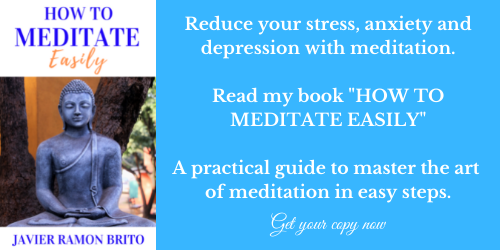The Emotional Causes of Lung Diseases and How to Heal Naturally
What Your Lungs Are Really Trying to Tell You
By Javier Ramon Brito

The Emotional Roots of Lung Diseases and Vibrational Healing
Lung diseases are often understood solely through a physical lens—viruses, pollutants, genetics. But ancient wisdom and emerging integrative models suggest something deeper: that our lungs are intimately connected to our emotional and energetic bodies. From the teachings of Ayurveda and energy medicine to insights from the New German Medicine of Dr. Ryke Geerd Hamer, a powerful truth emerges—unprocessed emotional trauma, especially grief and fear, plays a significant role in the manifestation of lung diseases.
1. The Fourth Chakra and the Role of Grief
The lungs are energetically connected to the fourth chakra, or Heart Chakra (Anahata). This center governs not only love and compassion, but also grief—the so-called "demon" of the heart chakra. When grief is suppressed, denied, or overwhelming, it can disrupt the balance of this chakra and affect the organs associated with it—particularly the lungs.
Grief literally "takes our breath away." It's no coincidence that people in mourning often experience chest tightness, breathlessness, or heaviness in the chest. Over time, unprocessed grief can contribute to chronic conditions such as asthma, chronic bronchitis, and even lung fibrosis.
2. Fear of Death and Lung Conditions in Ancient and Modern Views
In Ayurveda, the lungs are seen as holding prana—the life force carried by the breath. Emotional stagnation, especially grief and fear, obstructs this life force. Ayurveda teaches that unresolved emotional trauma can manifest in the body through imbalances in the doshas and weakened organs.
Dr. Hamer’s New German Medicine echoes this, positing that lung diseases reflect a deep biological conflict—often a fear of dying or suffocating. According to his model, this fear can be triggered by sudden shocks: a frightening diagnosis, witnessing a traumatic event, or experiencing the sudden loss of a loved one. The subconscious reacts with emergency biological responses, leading to symptoms in the lungs.
For example:
• Pneumonia and bronchitis may arise after a “death-fright conflict.”
• Asthma can stem from early experiences of fear or separation anxiety.
• Pulmonary fibrosis may relate to long-term, unresolved trauma and emotional suffocation.
These are not just metaphors—many case studies show lung symptoms manifesting shortly after emotional traumas, confirming the link between psyche and soma.
3. When Diagnosis Becomes a Sentence: The Power of Perception
A troubling insight from Dr. Hamer's work is that the shock of a diagnosis can itself be the trigger for a biological conflict. When a doctor tells someone they have a fatal or incurable illness, the mind may interpret this as a death sentence. A fear of imminent death emerges—even if the illness is not immediately life-threatening. This can unconsciously initiate lung-related responses.
Similarly, losing a loved one, especially someone close like a sibling or spouse, can lead to an internal belief: "If they died, I’m next." The subconscious mind, in its primitive wisdom, prepares the body to “die”—ironically, by activating the very symptoms associated with death anxiety.
In Energy Medicine, true healing begins with awareness. When we identify the root emotional or energetic cause of an illness, two paths open before us. The first is to resolve or transform the stressing situation itself—for example, setting new boundaries, making lifestyle changes, or releasing ourselves from toxic environments. However, when the cause lies beyond our control, such as another person’s choices or an unchangeable life circumstance, the healing path becomes more subtle yet equally powerful: changing our perception. By shifting how we view and respond to a challenge, we alter its energetic impact on our system. The situation may remain the same, but our vibration no longer resonates with suffering. This inner transformation allows the body to release the stress response, restoring harmony to both mind and cells.
4. Healing Through Conscious Grieving and Emotional Transformation
So how do we reverse this process? The key lies in processing grief differently and transforming fear into empowerment.
Grief must be felt to be healed. Suppression locks the emotion into the body. Expression—through tears, writing, movement, or therapy—frees it.
Changing perception changes vibration. Reframing loss not as abandonment but as transformation opens space for gratitude and healing.
Gratitude over sadness. Instead of dwelling on what was lost, focus on what was shared. Gratitude is a high-vibration emotion that can literally shift biology.
Each path is unique. Comparing oneself to others delays healing. Embrace your individual experience and let the body follow the soul’s evolution.
While few people are yet at the metaphysical mastery of individuals like Louise Hay, Donna Eden, or Dr. Joe Dispenza, their journeys prove one thing: even “incurable” illnesses can be transcended when emotional and energetic root causes are addressed and the vibration is changed.
5. Vibrational Remedies for Emotional Support
Energy medicine offers practical tools for those ready to address the emotional roots of lung conditions. Among the most gentle and effective are Bach Flower Remedies, subtle vibrational essences that target emotional imbalances:
• Chicory – Supports the Lung meridian, helping release emotional dependency, neediness, and control, often underlying breathing issues.
• Mimulus – For fear of known things, such as fear of illness or specific outcomes (e.g., “I’m afraid the cancer will return”).
• Aspen – For fear of the unknown, vague anxiety, and existential dread—feelings that often haunt those facing health uncertainty.
• Rock Rose – For terror and panic, offering immediate energetic support during breathlessness, panic attacks, or shocking news.
These remedies don’t cure the disease directly, but they help shift the emotional patterns that may be contributing to it. Used consistently, they assist in moving from a fear-based vibration to a more peaceful and empowered one.
Conclusion: Healing the Breath is Healing the Soul
Our breath is more than air—it is life, spirit, connection. Lung diseases, in many cases, are the body’s cry for emotional healing: an invitation to grieve, to release, and to shift perception.
Whether through flower remedies, energy medicine, or deep emotional work, healing is possible—sometimes even beyond what science believes is possible. The first step is refusing to give in to fear, and instead, choosing to listen to what the body is truly asking for: peace, release, and love.



Your second block of text...
7-DAY MEDITATION
MASTERY
• Calm your stress• Meditate like a Monk
• Enter Alpha Mind State
• Balance your 7 Chakras
• Improve your wellbeing

SOUND HEALING
in 7 minutes
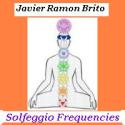
& Body organs
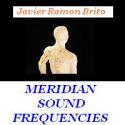
Therapy
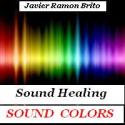
with 38 Bach Flowers
in Sound form

Alpha, Beta, Theta,
Delta or Gamma
in 10 minutes
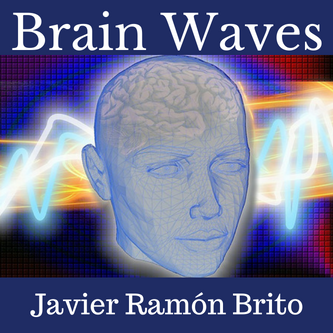
SUBLIMINAL AUDIOS
& Abundance
into your life
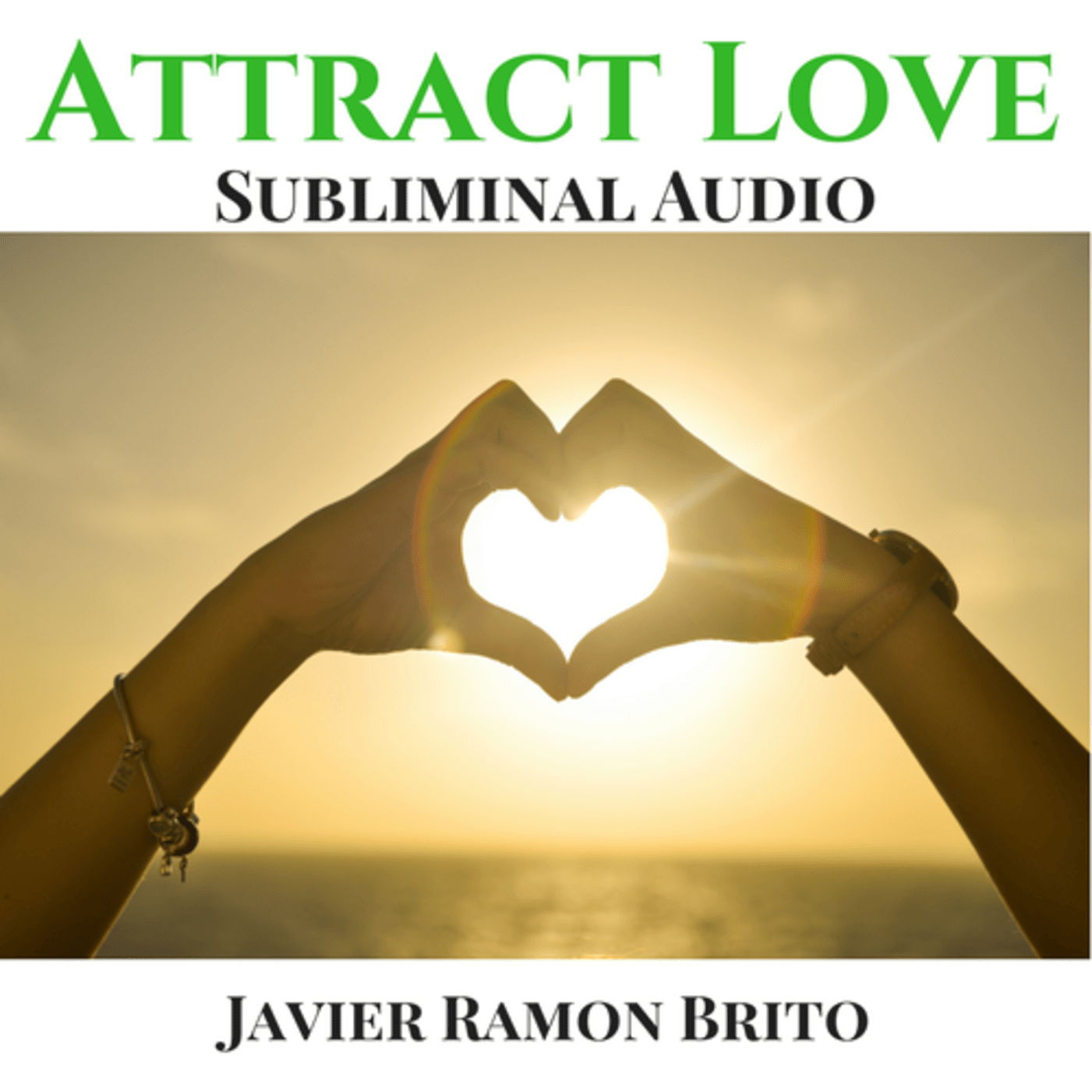
ONLINE MEDITATION CLASS
Reduce stress & anxiety, improve focus and sleep better

E-BOOKS TO AWAKEN
Life Purpose

your personality type
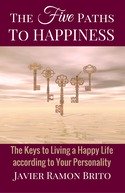
HEALING MUSIC
7 Chakras

Music
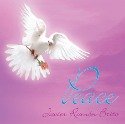
on your videos

Music for Healers
(Android version)

Music for Healers
(iOS version)

MEDITATION ONLINE
(Alpha & Theta)

PROFESSIONAL SERVICES
custom-made
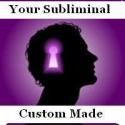
one-to-one, online






